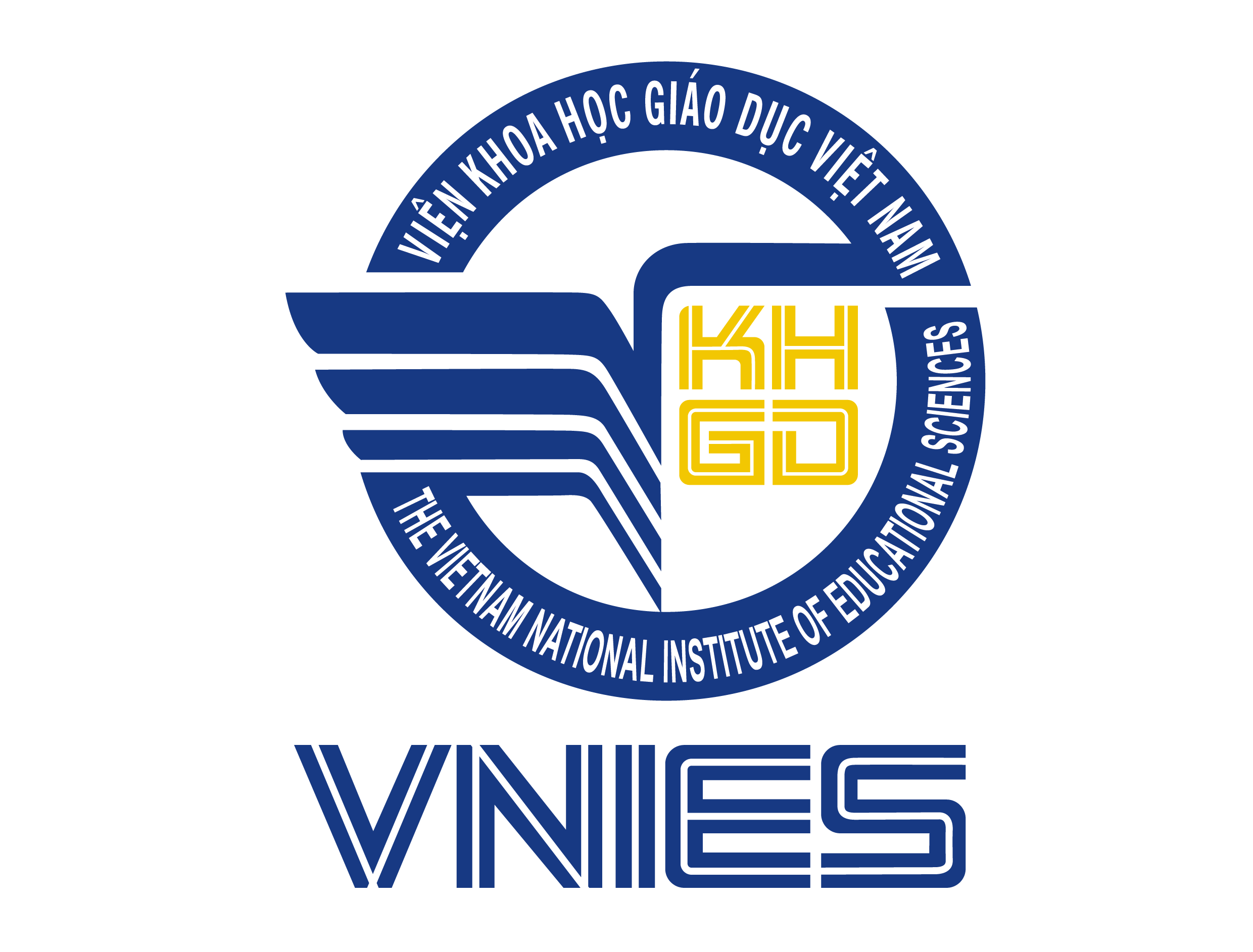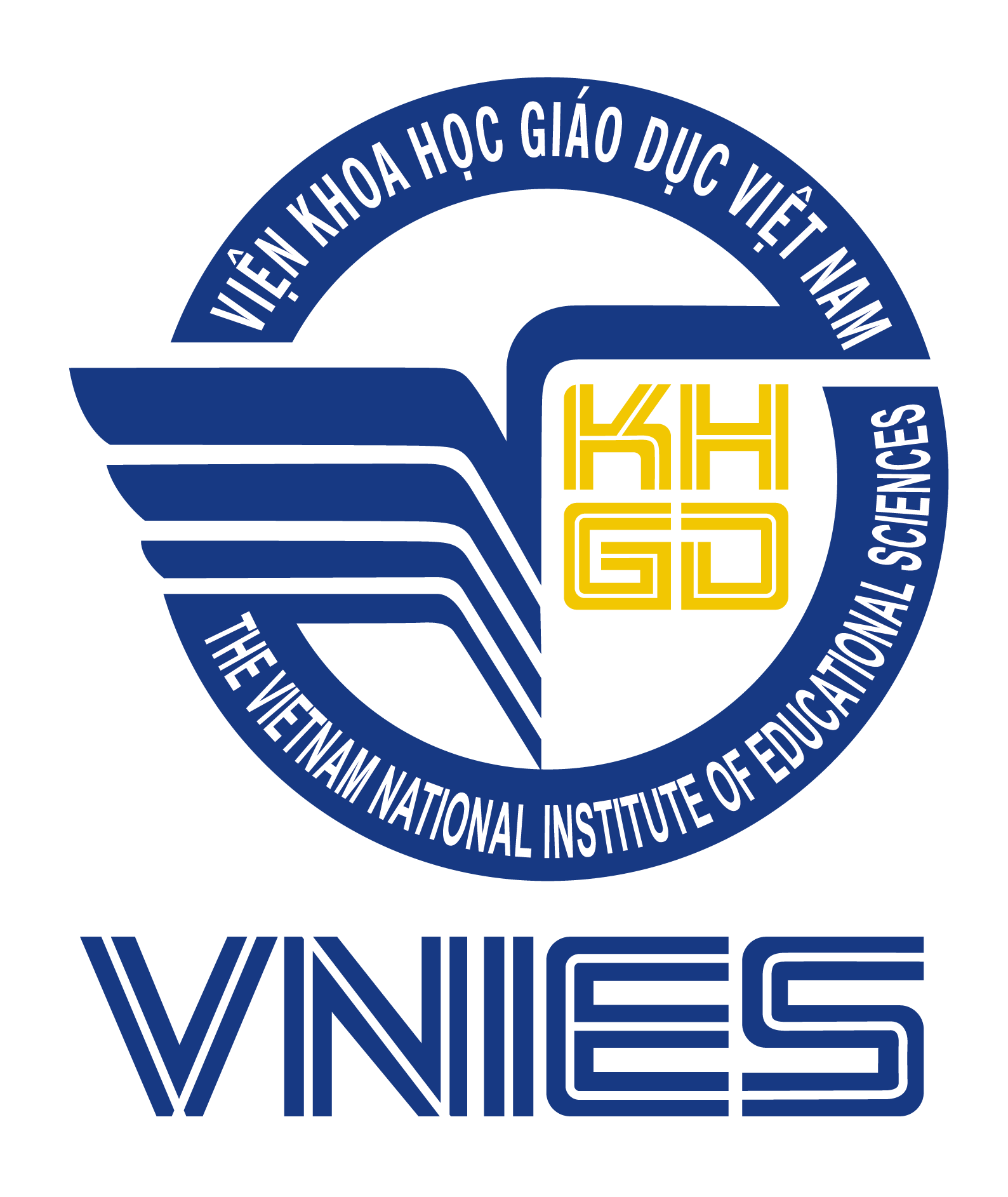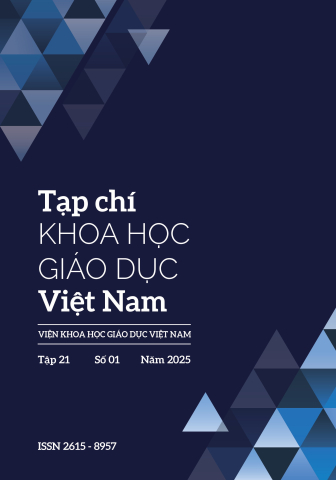[1] Bộ Giáo dục và Đào tạo. (2018). Chương trình Giáo dục phổ thông môn Địa Lí 2018. Ban hành kèm theo Thông tư số 32/2018/TT-BGDĐT ngày 26 tháng 12 năm 2018 của Bộ trưởng Bộ Giáo dục và Đào tạo.
[2] Bùi, T. T., & Nguyễn, M. T. (2024). Nghiên cứu ảnh hưởng của trí tuệ nhân tạo trong giáo dục tới hoạt động học tập của sinh viên. Tạp chí Giáo dục, 6–11.
[3] Chang, C. H., & Kidman, G. (2023). The rise of generative artificial intelligence (AI) language models - challenges and opportunities for geographical and environmental education. International Research in Geographical and Environmental Education, 32(2), 85–89. https://doi.org/10.1080/10382046.2023.2194 036
[4] Norvik, P., & Russell, S. (2021). Artificial Intelligence: A Modern Approach (4th Global ed.). Pearson Education Ltd.
[5] Rakuasa, H. (2023). Integration of Artificial Intelligence in Geography Learning: Challenges and Opportunities. Sinergi International Journal of Education, 1(2), 75–83. https://doi.org/10.61194/ education.v1i2.71
[6] Sengar, S. S., Hasan, A. Bin, Kumar, S., & Carroll, F. (2024). Generative artificial intelligence: a systematic review and applications. Multimedia Tools and Applications, 1–40. https://doi. org/10.1007/s11042-024-20016-1
[7] Tan, K., Pang, T., Fan, C., & Yu, S. (2023). Towards Applying Powerful Large AI Models in Classroom Teaching: Opportunities, Challenges and Prospects. ArXiv Preprint ArXiv:2305.03433. http://arxiv.org/abs/2305.03433
[8] Tuong, N. T. (2025). Application Of Artificial Intelligence In Teaching Geography In High Schools According To The New 2018 General Education Program In Vietnam. American Research Journal of Humanities & Social Science, 08(02), 114–130.
[9] Wilby, R. L., & Esson, J. (2024). AI literacy in geographic education and research: Capabilities, caveats, and criticality. Geographical Journal, 190(1), e12548. https://doi.org/10.1111/geoj.12548
[10] Yang, Y., & Hong, J. C. (2019). A review of artificial intelligence applications in education. Journal of Educational Technology Development and Exchange, 12(1), 1–15.


